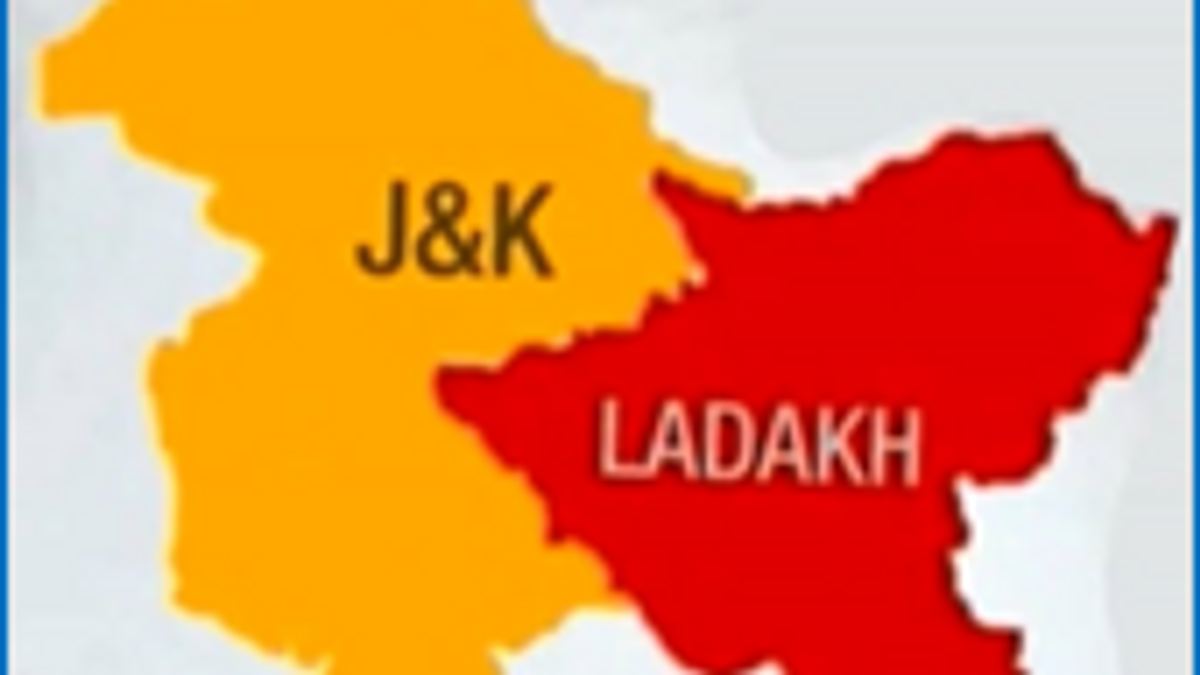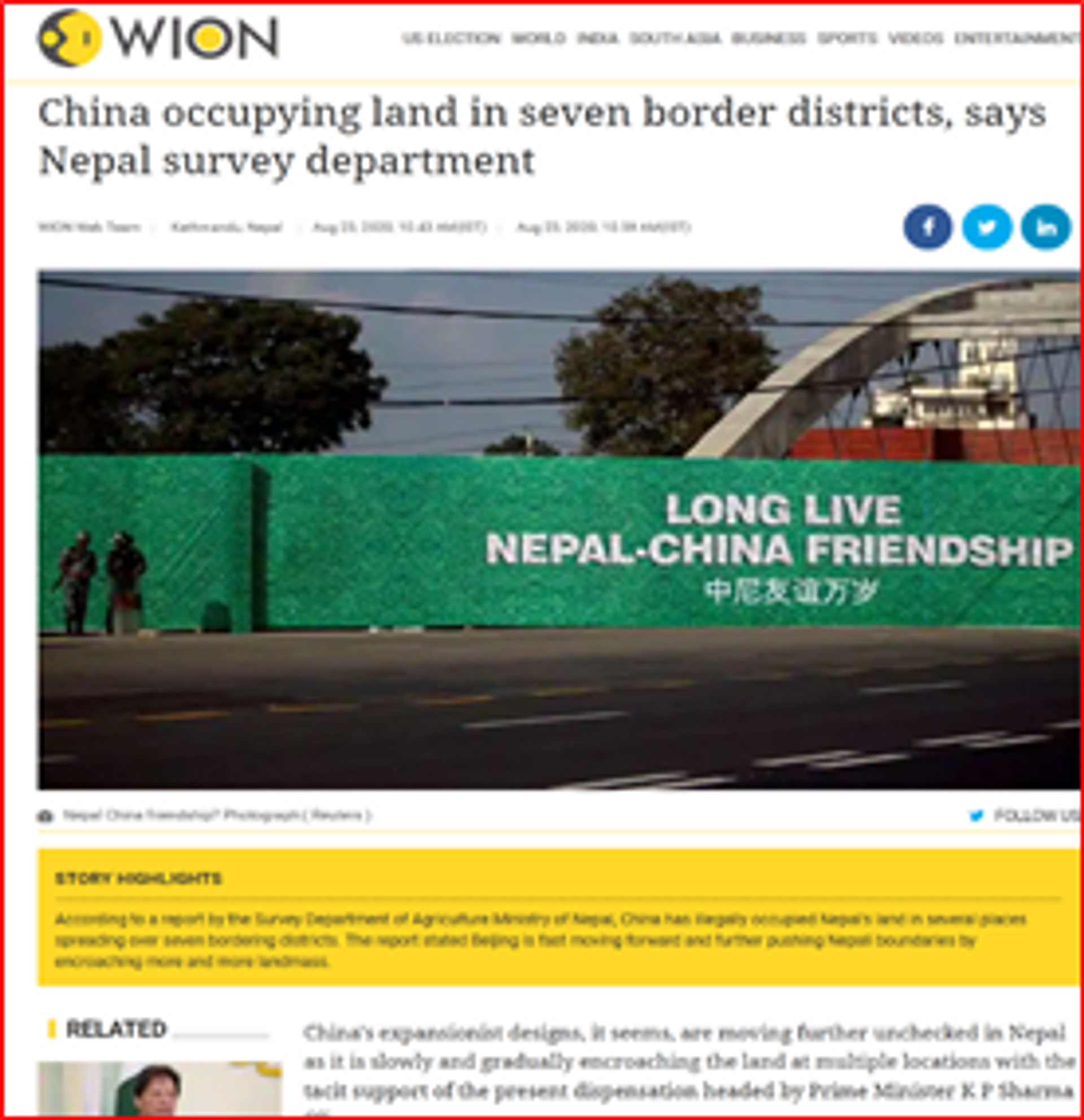
Reversals in Indian Foreign Policies in its Neighbourhood
Indian diplomacy in foreign affairs have been a mixed bag of some success as well as few disappointments. The success is among some of the distant nations…both geographically as well as geopolitically. The present govt has had some unprecedented success in foreign relations. After Modi govt came to the power, his immediate attention was towards the neighbour and look east. Year 2014 was a fanfare year with all neighbours. But reality caught the governance pretty fast. Pakistan started playing its dual character of terror and talks which was not acceptable to India at all. In fact, India adopted a rather firm line of the diplomacy with Pakistan…that “Terror and Talks cannot go together”. This diplomatic firmness was later strengthening in military language too when Uri terror strike by the Pakis led to the first “surgical strike” on the other side of the LoC and later terror strike in Pulwama led to another surgical strike on Balakot…deep within Pakistani territory. Terrorist acts of Pakistan made India to show cold response to the SAARC which has almost gone in cold storage. Pakistan of late, has gone a few steps further. Possibly on the suggestions of their Chinese master, they have unilaterally changed the map of the Indo-Pak border and are trying to make Gilgit-Baltistan, a part of J&K as one of their provinces. With all these happenings, Indian govt is seen in its restive stage. Many experts in the foreign affairs feel that an immediate rebuttal followed by a legislation in the Indian parliament asking the govt to directly administer those territories in PoK at the earliest.
Pakistan has decided to be a permanent foe of India. Earlier Bharat Ratna Bajpayeeji tried to make friendship with them that bus of friendship was hijacked by them to Kargil. In 2014-15 PM Modi again tried to make cordial relation that too was hijacked by them to cause Pathankot attack. Pakistani rulers have decided to be world epicentre of Jihad. It has grown its ‘terror institution’ through dozens of Jihadi Tanzeems. Pak PM has openly admitted before US President in 2019 that it had >40,000 terrorist thriving at their soil. No audit of such terrorists have been carried out by the world community who have right to know as to where they have been deployed, who is funding them? Where have the additional terrorists returning from Afghanistan gave been deployed? Pak jihadi and terror groups have come in open after the Paris Jihadi acts. EU nations are regretting why Pak was not black-listed at the last FATF meeting. They have written letter to Pak PM as to what action has been taken on the perpetrators. Of course Pak, a terror sponsoring state has no answer. This is the most opportune time for India to drag Pakistan to the UN / UNSC by next year (when we will have our member) to designate them a terror state and impose UN monitored sanctions. The reason for the Pak to be designated as terror state are numerous as enumerated opposite.
PM Modi’s outreach to Nepal too was very warm to start with, much to the disliking of Pak and China. India was the first country to reach over to Nepal in the terrible earthquake in 2015 with plenty of relief supplies. Besides, India also offered 70 schools and 150 health facilities with Indian support in 12 districts of Nepal most of which have been completed. However, Kathmandu did not like such outreach. They even embarrassed the Indians at relief work. The events within Nepal had spilled over in an undesirable Madhesi movement both within and at the Indian border causing blockade to their vehicular and goods movement. By 2015, Nepal’s ties with China were fairly strong with many billion dollars of aids and loan that Nepal cannot pay back. The result is that Nepal has started dancing to the Dragon’s tune to the extent that they have unilaterally changed the Indo-Nepal international border on their map. The ruling Nepali Communist party is fully in Chinese grip. Nepal of late, has become a favourite stop-over for transiting the Pak ISI agents, their terrorist and Fake Indian Currency Notes (FICN).
Nepal of late has increased military dependence for both equipment and training on China. Chinese are funding the political activities in Nepal. Of late, China is also funding teaching of Mandarin language at the primary school level. Nepal is increasingly becoming subordinate to the Chinese hegemony. Chinese have started grabbing vast stretch of land of Nepal adjoining Tibet but the govt is mum, feigning ignorance. Nearly 100 pillars at border have been shifted 1.5-2 km within the Nepalese territories in seven border districts that contains many rivers too. These districts include Dolakha, Gorkha, Darchula, Humla, Sindhupal chowk, Sankhuwa sabha and Rasuwa. Chinese are even claiming a part of Mt Everest as their territory (read “Is China annexing Mt Everest from Nepal?”, https://thecounterviews.in/articles/china-annexing-everest-nepal/). Nepal has been drifting away from India right since 2008 after the Communist came to rule. Chinese aid, investments and loan to Nepal is far beyond their capability to pay back. Hence, there should be no surprise if they start leasing out their sovereignty too. India has to be careful for own security. Nepal too altering Indo-Nepal border unilaterally has been probably at the behest of their new master, China. However, many feel that a strong rebuttal should have been given to them.
Among the other neighbours, Sri Lanka had drifted away towards China since 2009 after the civil war. China has been pumping 100s of millions of dollar worth of investment in Sri Lanka. One such project is the development of the Hambantota port over a vast landscape of nearly 1500 acres. After the Chinese developed the port at huge cost, Sri Lankans had to lease out Hambantota naval port operations and management to them because they could not repay the loan. Although China says it will not use the port for military purposes, their words seem to be untrustworthy. Recently after the new govt assumed office, they have asked for the review of the entire project saying they will not like to risk their sovereignty. However, damage is already done. Chinese have already got a foothold in the Indian ocean.
Bhutan is a trusted neighbour of India with security tie-up. After the Doklam-standoff, Chinese needling in Bhutan continues. China in a surprise move in June 20, laid claim for the first time to ‘Sakteng Wildlife Sanctuary’ spanning about 740 sq km in eastern Bhutan. They objected in July 20 they declared Bhutan National Park adjoining China as disputed land. Again in Nov 20, satellite pictures reveal that have built Pangda village ~2.5km within Bhutan's international border in the Duina prefecture of Yadong. However, Bhutan has denied the claim. All these are believed to be part of the Chinese exercising ‘salami slicing’ of its neighbours. It may also be a deliberate act on mounting pressure on India showing their inability to keep the Bhutanese border secured.
China has also fanned its economic might in to another two friendly countries…Bangladesh and Myanmar. They have offered lucrative financial aid package in both the nations. To a $6.4 Bn infrastructure wish list of Bangladesh, Chinese have started with Padma Bridge Rail Link project at a cost of $3.14 billion as part of their BRI, the Bangabandhu International Conference Center, Payra (2×660 MW) Coal-Power Plant and the IV Tier National Data Center…all under preferential loan plan. On the other hand, many Chinese projects are going on in Myanmar too. They have renegotiated the Kyaukpyu port development at a cost of $1.7 Bn which is the terminus of previously built oil and gas pipelines running to China and it also provides Beijing with an alternative route for energy imports in the event of Malacca Strait becoming inaccessible. Myanmar depends on P5 member China to save them on the prevalent Human Rights issues of Rohingya Muslims and more.
India seems to have taken some beating in its foreign policies in the recent years and decade by not being proactively pursuing policies that could have been in the interest of the nation. This pertains to both inabilities to winning over the foes as well as preventing the loss of friendly nations. Although some foes are almost permanent but diplomatic principles often find middle paths where the enmity can be contained to large extent. Pakistan and China are two such foes whom the present govt could not win over despite partial success in the beginning. On the contrary talks with Pakistan remain stalled for almost 5 yrs and China is at the edge of a possible conflict in eastern Ladakh. It is not that the present Modi govt has made them enemies but surely this govt has not been able to win them over. On the other hand, Nepal and Sri Lanka being very friendly about 15 yrs back, have drifted away…in to the Chinese camp. Both these nations fell away due to economic terrorism of China. Bangladesh too is on the same road. Could India rely on the friendship of the smaller countries in its vicinity when the Giant Dragon is out to buy them? It remains to be seen. Possibly they will gradually drift away leaving India alone. There is an old saying in maithili verse…”हेजगदीश ! जेदिएदहीचूड़ाहुनकेदीस।“ meaning…to side away with those offering you more.
India must develop its clear policy on China. Should it stand against the Chinese hegemony at the cost of being left alone in the region? Should it use the resources directed to the border defence with a huge setback to human development? India has to reconcile its further course of action either by keeping the dragon by its side or by confronting head-on. It all will depend upon how the world-order of the powers realign themselves following the current Indo-Chinese and South China Sea stand-off.

